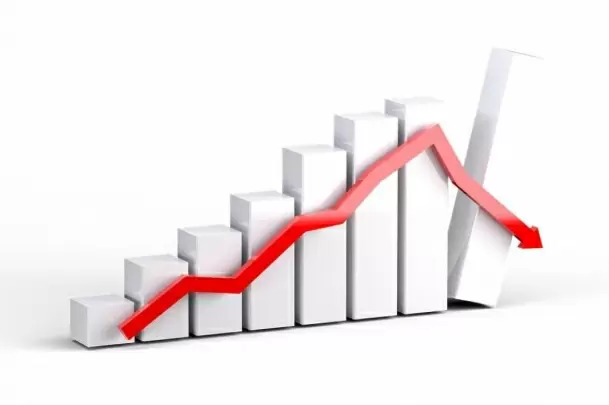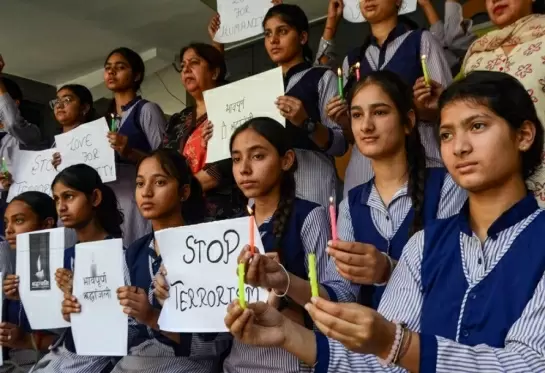$210M daily output loss in India over April-June in severe scenario: S&P Global Ratings
08-May-2021

S&P Global Ratings estimates $210 million in lost output daily in India due to second Covid wave over April-June in a severe scenario model.
In a moderate scenario, pandemic peaks end May and mobility 25 to 30 per cent below normal before recovering by September.
In a severe scenario, pandemic peaks late June, declines slower and mobility 40 per cent below normal, normalizes only by year-end. In this scenario, initial shock relays through economy via various channels - labour markets weaker, household incomes lower. Growth number for FY 21/22 will be significantly influenced by GDP growth outcome for January-March 2021, S&P Global Ratings said.
The report said that limited vaccination coverage and exposure to more infectious COVID variants may mean this infection wave peaks as late as June.
The government is responding to the latest outbreak with localized lockdowns as opposed to nationwide.
More extensive restrictions would prolong the pain of badly hit sectors, including retail and tourism. Halts to domestic air traffic and subdued international travel may dismantle the fragile recovery for airports, the report said.
"Uncertainty very high, starting with evolution of the pandemic itself. Also, fluid relationship with household and firm behavior. Still, declining mobility may stall activity for at least one if not two quarters. Limited policy space. Downside risk to our 11 per cent growth forecast for FY 2021-22", S&P Global Ratings said.
The report said policy space is constrained by inflation near the top end of the central bank's target range.
Core inflation is also sticky and high, with the latest reading for March at 6.0 per cent. As a result short and long real interest rates, which are nominal rates less expected inflation, are very low. Monetary policy easing likely to be targeted towards specific sectors such as SMEs and focusing more on quantity variables, it added.
"We estimate the Indian government's fiscal deficit to be around 14 per cent of GDP in fiscal 2021, driving its net debt stock to just over 90% of GDP. India's nascent economic recovery through March solidified government revenue, but the rapidly developing health crisis could derail progress", S&P Global Ratings said.
"Our downside scenarios suggest a less robust recovery in government revenues, and the severe downside scenario may entail additional fiscal spending. Amid the second wave, officials have shown a preference for support measures from the central bank rather than additional fiscal interventions", the report said.
Rated Indian companies are entering the second wave with improved operating and liquidity conditions compared to last year. A temporary impact is likely, e.g. on domestic demand for automobiles, lower production volume for commodities, slower recovery for consumer retail. "We expect recovery to be fast when restrictions ease. Telecoms, I.T., and pharma sectors to remain resilient as in the first wav," it added. - IANS
Ex-Andhra Intelligence Chief PSR Anjaneyulu Arrested Over Actress Kadambari Jethwani Harassment Case
Pope Francis Requested For Simplified Funeral Rites
Elista Launches Six New Made-in-India Residential Air Conditioners
Former DGP Om Prakash Murder: Wife Under Investigation, Says Minister
Ricky Rai, Son of Underworld Don Muthappa Rai, Shot at Near Bengaluru








